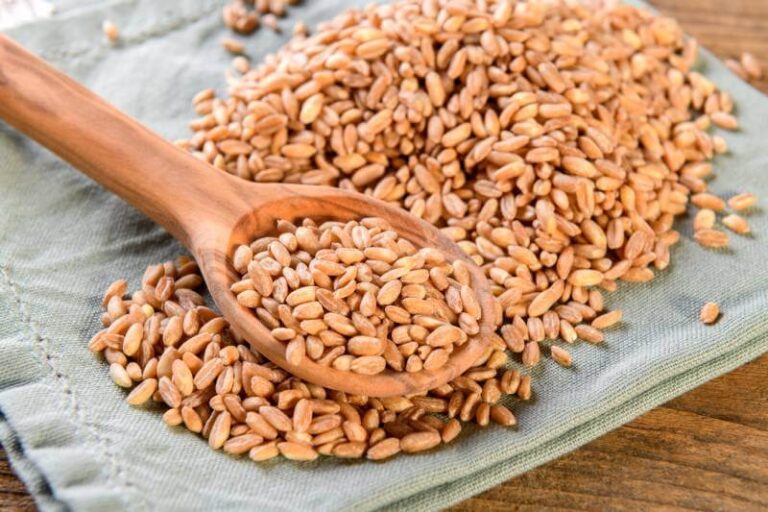Unlocking the Labrador Retriever: Care, Traits & Training Tips
Labrador Retrievers, often referred to simply as Labradors or Labs, are one of the most popular dog breeds worldwide, known for their friendly demeanor, intelligence, and versatility. Originating from Newfoundland, Canada, Labradors were originally bred to assist fishermen, excelling in retrieving fishing nets and hauling ropes. Today, they are celebrated as loyal family pets, skilled working dogs, and invaluable service animals.
With their distinctive coat, which can be black, yellow, or chocolate, Labradors possess a sturdy build and an innate eagerness to please. Their generous nature makes them excellent companions for individuals and families alike. At the same time, their adaptability allows them to thrive in various roles, including as therapy dogs, search and rescue partners, and guide dogs for the visually impaired. Understanding the characteristics and needs of the Labrador Retriever breed is essential for providing optimal care and nurturing a fulfilling bond between humans and these beloved canines.
Contents
About The Breed
Explore the essence of Labrador Retriever Dog Breed, a realm where loyalty, intelligence, and versatility reign supreme. Rooted in the rugged landscapes of Newfoundland, Labrador Retrievers were initially bred to assist fishermen, embodying a tireless work ethic and unwavering dedication. Its presence, characterized by a sturdy build and expressive eyes, commands attention and instills a sense of trust. As “man’s best friend,” the Labrador Retriever exudes unwavering loyalty and companionship.
Whether bounding through fields with boundless energy or offering a comforting presence in times of need, Labradors stand as a steadfast force in the lives of their owners. Uncover the intricate balance between their gentle demeanor and their innate athleticism, showcasing the breed’s capacity for both playful antics and disciplined work. Be it as a loving family pet, a reliable hunting companion, or a skilled service dog, the Labrador Retriever remains an indispensable member of countless households worldwide. Delve into the world of these remarkable canines, where boundless affection meets boundless potential. Just as with any beloved pet, responsible handling and breeding are paramount to ensuring the well-being and longevity of this cherished breed.
What To Expect When Caring For a Labrador Retriever Dog
Caring for a Labrador Retriever is a fulfilling journey that requires dedication, patience, and a deep understanding of their unique needs. Whether you’re a seasoned dog owner or embarking on your first canine companion adventure, the responsibility associated with nurturing a Labrador is both rewarding and demanding. In this comprehensive guide, we’ll delve into the essential aspects of caring for a Labrador Retriever, providing valuable insights and practical advice for individuals committed to ensuring the well-being of their furry friend.
- Health: Your Labrador’s health is paramount, and regular veterinary check-ups are crucial for maintaining their overall well-being. From vaccinations to preventive care, understanding common health issues such as hip dysplasia and obesity will empower you to provide the best possible care for your canine companion.
- Grooming: Labrador Retrievers boast a dense double coat that requires regular grooming to keep them looking and feeling their best. Brushing their coat regularly helps to minimize shedding and prevent mats, while occasional baths help to keep their skin and coat clean and healthy.
- Exercise: Labradors are known for their boundless energy and love for physical activity. Daily exercise is essential to keep them mentally stimulated and physically fit. Whether it’s a brisk walk, a game of fetch, or a swim in the nearest body of water, providing ample opportunities for exercise is key to a happy and healthy Labrador.
- Training: As intelligent and eager-to-please dogs, Labradors respond well to positive reinforcement training methods. From basic obedience commands to more advanced skills, consistent training helps to strengthen the bond between you and your Labrador while ensuring they are well-behaved and mannerly companions.
- Nutrition: A well-balanced diet is essential for your Labrador’s overall health and longevity. Opt for high-quality dog food that meets their nutritional needs and avoid overfeeding to prevent obesity. Additionally, be mindful of any dietary restrictions or allergies your Labrador may have and consult with your veterinarian for personalized feeding recommendations.
By prioritizing your Labrador’s health, grooming, exercise, training, and nutrition needs, you’ll be well-equipped to provide a happy and fulfilling life for your beloved canine companion. Together, let’s embark on this journey of care and companionship, enriching both your lives and the life of your Labrador Retriever.
Dog History
To truly understand the historical origins of the Labrador Retriever dog breed, one must journey back to the rugged coastal region of Newfoundland, Canada, where their story begins. In the early 19th century, these hearty dogs, originally known as St. John’s Dogs, were companions to fishermen, adeptly assisting in retrieving nets and hauling in fish from the icy waters.
Their robust build and exceptional swimming abilities caught the attention of English nobility visiting the Newfoundland ports, who saw potential in these hardworking canines for hunting purposes. Thus, the journey of the Labrador Retriever from humble working dog to esteemed hunting companion began.
With their keen intelligence, gentle temperament, and remarkable retrieving skills, Labradors quickly gained popularity among English athletes in the 19th century. They were selectively bred for their retrieving prowess and adaptability to various terrains, including dense forests, marshes, and open fields.
By the late 19th century, the breed had firmly established itself as a favorite among hunters, particularly for retrieving game during waterfowl hunts. The Earl of Malmesbury is credited with officially naming the breed “Labrador” after the region where they originated.
Labrador Retrievers were first recognized by the Kennel Club in England in 1903, and their popularity continued to soar on both sides of the Atlantic. They were recognized by the American Kennel Club in 1917, solidifying their status as one of the most beloved and versatile dog breeds in the world.
Throughout the 20th century, Labradors further cemented their place in society, serving as loyal companions, reliable working dogs, and invaluable service animals. From assisting the blind and disabled to serving alongside law enforcement and military personnel, Labradors have demonstrated their unwavering loyalty, intelligence, and versatility time and time again.
Today, the Labrador Retriever remains a cherished member of countless households worldwide, admired for its friendly disposition, boundless energy, and unwavering loyalty. Their journey from the shores of Newfoundland to the hearts of millions is a testament to their remarkable adaptability and enduring appeal.
Related: Doberman Pinscher
FAQs about Labrador Retrievers:
Q: What is the origin of the Labrador Retriever breed?
A: Labrador Retrievers originated in Newfoundland, Canada, where they were bred to assist fishermen in retrieving nets and hauling in fish from the icy waters. They were initially known as St. John’s Dogs before being recognized as a distinct breed.
Q: What are the different coat colors of Labrador Retrievers?
A: Labrador Retrievers can come in three primary coat colors: black, yellow, and chocolate. Each color variation is recognized and accepted within the breed standard.
Q: What is the temperament of Labrador Retrievers?
A: Labradors are known for their friendly, outgoing, and gentle temperament. They are affectionate and loyal companions, making them excellent family pets. They are also highly intelligent and trainable, excelling in various roles such as hunting, therapy work, and service assistance.
Q: How much exercise do Labrador Retrievers require?
A: Labrador Retrievers are energetic dogs that need regular exercise to stay healthy and happy. They thrive with at least 30 to 60 minutes of physical activity each day, which can include walks, playtime, and mentally stimulating activities.
Q: Are Labrador Retrievers prone to any health issues?
A: While Labrador Retrievers are generally healthy dogs, they can be prone to certain health issues such as hip dysplasia, elbow dysplasia, obesity, and certain eye conditions like progressive retinal atrophy (PRA). Regular veterinary check-ups and maintaining a healthy lifestyle can help mitigate these risks.
Q: How should I groom my Labrador Retriever?
A: Labradors have a short, dense double coat that requires regular grooming to minimize shedding and maintain overall coat health. Weekly brushing with a slicker brush or grooming mitt is recommended, along with occasional baths as needed. Additionally, regular nail trimming, ear cleaning, and dental care are essential parts of grooming.
Q: Are Labrador Retrievers good with children and other pets?
A: Labrador Retrievers are known for their gentle and tolerant nature, making them excellent companions for families with children. They typically get along well with other pets, including cats, if properly socialized from a young age. However, supervision is always recommended when introducing them to new animals, especially smaller ones.
Q: At what age should I start training my Labrador Retriever?
A: It’s recommended to begin training Labrador Retrievers as early as possible, ideally around 8 to 12 weeks of age. Early socialization and positive reinforcement training methods are key to shaping their behavior and building a strong bond with their owners. Consistency, patience, and positive reinforcement are essential for successful training.
- Golden Retriever Pros and Cons: What Every Pet Parent Should Know - 15 September 2025
- Cane Corso Dog Breed: Health, Care, and Lifespan - 14 September 2025
- Catahoula Leopard Dogs: Description, Temperament, Lifespan, & Facts - 21 July 2025







